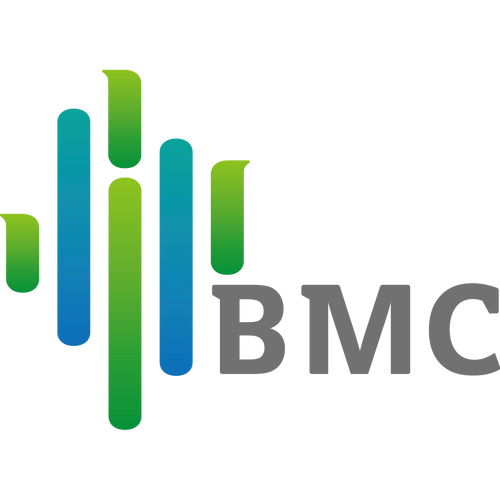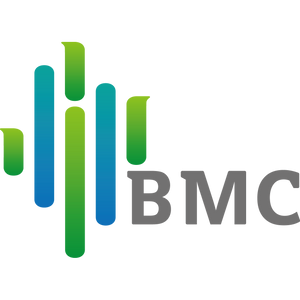What is CSA?
Central sleep apnea is due to controlling the brain center barriers to the breathing, the time of air passageless passes through the time> 10s, no chest and abdomen breathing. When the breathing is suspended in sleep, the mouth and the nasal stream and the chest, abdominal respiratory movement simultaneously, causing hypoxemia, high carbonate, sleep interruption, thereby enabling an event of a series of pathophysiological changes in the body.
What are the causes of CSA?
The cause of the disease is generally considered to be due to various central nervous system damage of the brain hemisphere or brain dry, and the central nervous system is damaged, and there is generally the following reasons.
- 1.obesity
Obesity can cause the soft passage of the soft palate. There is no air flow to the mandibular nasal cavity when sleep, and the chest undulating movement has more than 10s, and the apnea is suspended. It is generally considered to be breathing or the mouth nose is free. At this time, it is recommended to lose weight. When you sleep, you can relieve symptoms.
- Brain in the brain breathing is obstacles
There are cerebrovascular diseases, brain tumors, meningitis, multiple hardening, pilluular hyperthermosis, etc. At this time, the blood volume will be reduced, and the blood flow is slow, excessively sensitive to oxygen or carbon dioxide (also in an abnormal environment such as a high altitude environment), this time, because there is no signal without stimulating breathing, a central apnea occurs. At this time, the drug is recommended for treatment.
- Old disease
The elderly generally have diabetes and other elderly diseases. There is a brain disease listed above, and the cerebral cortex and autonomic nerve function will occur, which in turn produces central sleep apnea. This brain system dysfunction with control respiration is related to the blocked obstruction. After the diagnosis, it is recommended to adjust the daily schedule, and use a non-invasive ventilator while taking the drug while taking treatment.
What are the symptoms of CSA?
The clinical manifestations of clinical manifestations of central sleep apnea CSA patients are similar to OSA patients, and the central sleep apnea CSA is expressed as the nighttime sleep quality and excessive sleepiness during the day. The author has been informally, and the incidence of insomnia in CSA patients is higher than the OSA patient. Headache is a common symptom. The patient often has evidence of congestive heart failure, and it can also be seen that there is obesity and memory or cognitive impairment.
How to treat CSA?
- Cause therapy
Individualization treatment based on CSA etiology. For example, CSA, which caused heart failure, should actively treat heart failure, improve heart function; caused by intracranial lesions or neurological lesions should actively treat the original incidence (such as small cerebral honestone, cerebral blood, brain plain placement Alvertragulators or drugs caused by degenerative degeneration, deletion of disease, delineation and denaturation disease;
- Positive pressure ventilation treatment
Continuous airway positive pressure (CPAP) can help people with a variety of sleep apnea, especially CSAs caused by heart failure. The CPAP mainly passes through the mask, allowing airflow to enter your nose and mouth. Pneumatic can help you support your breath, so you can breathe smoothly. Continuous airway positive pressure (CPAP) can help people with a variety of sleep apnea, especially CSAs caused by heart failure.
CPAP machine work primarily through a mask, allowing airflow into your nose and mouth. Air pressure helps hold up your upper airway so you can breathe freely.
- Oxygen
Studies have shown that nocturnal oxygen inhalation can improve CSA, reduce heart rate, and improve cardiac sympathetic nerve activity in patients with heart failure, but has no effect on OSA or has a tendency to aggravate; another study found that both short-term and long-term oxygen inhalation can reduce cardiac effort. Apnea-hypopnea index (AHI), improved hypoxia and quality of life in patients with failure, but unfortunately had no direct effect on the occurrence of cardiovascular events and cardiac function.
- Regulation of carbon dioxide (CO2)
With or without hypoxemia, CO2 is an important regulator of sleep breathing. The level of CO2 in the atmosphere is very low, and the CO2 in the blood is mainly maintained by the body's metabolism and gas exhalation. When the arterial CO2 level falls to the point where it cannot stimulate the respiratory center (apneic threshold), the patient will produce CSA or periodic breathing. Supplementation of CO2 to non-hypercapnic CSA patients can stabilize the respiratory center, but high concentrations of CO2 can induce arousal and sympathetic excitation, leading to sleep fragmentation. Therefore, maintaining CO2 at an appropriate, tolerable and precisely regulated level, so that it can stimulate the respiratory center and avoid accumulation, is the key to the problem.
5.Sleep stabilizers - sedatives and acetazolamide
The conventional wisdom is that sedatives should be avoided in OSA patients, but in CSA, these drugs have instead been shown to induce stable non-REM sleep and reduce microarousals, thereby reducing arousal-induced hyperventilation and CSA. Studies have confirmed that both micro-arousals in sleep and frequent transitions between different sleep stages make sleep more unstable, leading to the occurrence and exacerbation of central and mixed sleep apnea. Benzodiazepines such as triazolam, clonazepam, hydroxyazepam, and non-benzodiazepines such as zolpidem, eszopiclone [33] have all been found to reduce patient arousal, stabilize sleep, Improve central apnea.
- Provent, oral appliance, Winx device
The Provent device, also known as positive nasal expiratory pressure, generates positive end-expiratory pressure through a pair of nasal patches to increase airway tone and lung volume and relieve OSA. Because it increases positive end-expiratory pressure, it can slightly increase end-expiratory CO2 partial pressure, and has the effect of stabilizing the chemical center and treating CSA, but its efficacy is limited and large-scale clinical studies are lacking.
- Phrenic nerve stimulation
PNS is a new treatment technique. According to relevant experimental investigations, PNS treatment of heart failure complicated with CSA can significantly reduce AHI, reduce CSA events and improve oxygenation.
- Sleep position
The study found that in patients with heart failure combined with Chen Shi's breathing, sleeping on the side can improve the degree of central apnea, reduce B-type natriuretic peptide and increase cardiac ejection fraction, and this is consistent with the sleep position on the upper airway. impact is irrelevant.


